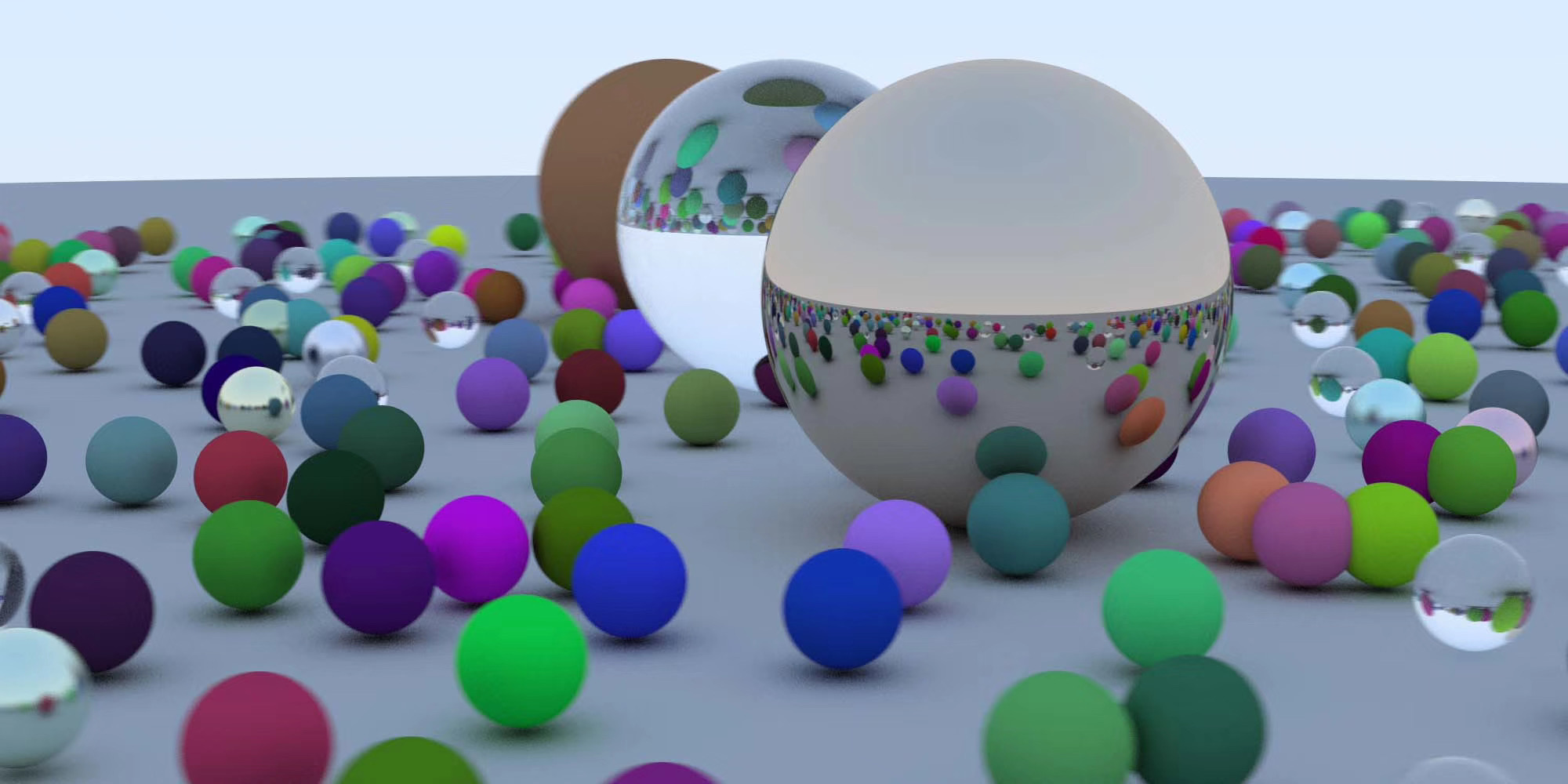前言
CommonUI主要解决了层叠式UI输入事件处理、多平台多输入设备管理问题以及控件的激活/卸载。
其中比较重要的机制是CommonUI实现的输入路由功能,其代码位于:CommonGameViewportClient.h 和 CommonUIActionRouterBase.h 。
官方教学
- 文档
- 视频
CommonUI
CommonUI特有功能
- ⭐⭐自带过渡效果:在Stack控件的
Detail-Transition中可以设置控件激活/注销时过渡效果,同时还可以设置效果曲线类型与曲线数值。默认是渐隐(Fade Only)。 - ⭐⭐⭐CommonActivatableWidgetStack:会自动激活Stack顶部Widget。
- ⭐BackHandle:后退动作处理,除了勾选BackHandle与IsModel之外,需要还需重写OnHandleBackAction(),
CommonUI Setup&Data
- 启用CommonUI插件。
Engine - GeneralSettings - DefaultClasses - GameViewportClientClass将其指定为CommonGameViewportClient或其子类。- 创建一个基于CommonInputActionDataBase的数据表,并且创建按键事件映射表。
- 创建新的按钮类继承自`CommonButtonbase,并在TriggeringInputAction应用数据表
- 创建一个继承自
CommonActivatbleWidget的界面并设置为自动激活,并将按钮放入其中。- 响应按键映射的前提是自己或某一Parent为已经激活的
CommonActivatbleWidget
- 响应按键映射的前提是自己或某一Parent为已经激活的
CommonInputActionDataBase
默认的数据表可以填写键盘、手柄、平板的输入事件表。但对于其他主机平台(PS、Xbox、Switch)往往需要调换手柄按键位置,这个时候可以通过GamepadInputOverrides对指定平台进行按键修改。需要安装主机平台SDK后才会显示对应选项。
CommonBaseControllerData
用于指定对应平台的图标资源。之后在ProjectSettings - Game - CommonInputSettings - PlatformInput - XX - Default - ControllerData中指定。
CommonUIInputData
UI Click/Back Action 绑定用数据。之后在ProjectSettings - Game - CommonInputSettings - InputData -中指定。
CommonStyle
与UMG、Slate不同,CommonUI没有通过SlateWidgetStyle而是通过继承对应的类来创建。每个CommonUI空间都有一个对应的Style类。之后可以在ProjectSettings - Plugins - CommonUIEditor的TemplateTextStyle、TemplateButtonStyle、TemplateBorderStyle指定CommonUI的默认风格。
CommonUI控件
UCommonUserWidget
CommonUI控件基类主要定义了:
TArray<FUIActionBindingHandle> ActionBindings:来管理控件的ActionBindings。TArray<TWeakObjectPtr<const UWidget>> ScrollRecipients:滚动条控件。bool bConsumePointerInput:鼠标滑过控件时是否会产生反应。(为true时返回FReply::Handled())
其他都是相关虚函数以及工具函数。
CommonActivatableWidget
大致翻译官方注释的话:
CommonActivatableWidget的基础,是能够在其生命周期内被 “activated “和 “deactivated“而不被其他方式修改或销毁。通常是为了以下几个目的:
- 该控件可以自由打开或者关闭,同时不会被从层次结构(WidgetTree)中移除。
- 能从其他控件“退回”到这个控件(例如使用SwitchWidget或者StackWidget)。
- 这个部件在层次结构中的位置是这样的:它在可激活的部件树中定义了一个有意义的结点,通过这个结点,输入被路由到所有部件。(不太懂这条,应该是不会破坏输入路由的意思)
同时它还具备以下性质:
- 创建后不会自动激活,需要调用函数手动activated。
- 默认情况下不会注册BackAction。
- 如果注册了BackAction,那会在执行BackAction后自动deactivated。
主要实现了”activated “和 “deactivated“的相关逻辑,主要是可见性以及输入路由。
UCommonActivatableWidgetContainerBase
添加的控件使用FUserWidgetPool GeneratedWidgetsPool控件池进行创建与生命周期管理。TArray<TObjectPtr<UCommonActivatableWidget>> WidgetList存储添加的控件指针。
内部使用SOverlay,来显示SCommonAnimatedSwitcher(用于显示控件)与SSpacer。
CommonButtonBase
与其他的CommonUI组件不同,需要手动实现内部构造。
与普通的Button相比,拥有更好的可定制性,比如:
- 其Style增加了设置各种事件发出声音的选项。
- 拥有一个Selectable选项可以用来实现CheckBox或者多选框。
其他控件
- CommonActionWidget:继承自UWidget,用来显示指定游戏平台对应键盘/手柄按键图标。需要注意ProjectSettings-Game-CommonInputSettings中的DefaultGamepadName需要与CommonInputBaseControllerData资产的GamepadName相同,否则无法显示对应的按键图标。
- CommonActivatableWidgetSwitcher:继承自UCommonAnimatedSwitcher,重写几个虚函数来管理内部CommonActivatableWidget的 “activated “和 “deactivated“。
- CommonAnimatedSwitcher:继承自UWidgetSwitcher,主要实现了过渡动画(具体在Slate控件里)以及OnActiveWidgetIndexChanged、OnTransitioningChanged委托。
- CommonActivaableWidgetStack:继承自UCommonActivatableWidgetContainerBase,重写OnWidgetAddedToList(),添加控件时并显示末尾控件。
- CommonActivaableWidgetQueue:继承自UCommonActivatableWidgetContainerBase,重写OnWidgetAddedToList(),添加控件时并显示第一个控件。
- CommonBorder:继承UBorder,主要适配了CommonStyle。
- CommonHardwareVisibilityBorder:继承CommonBorder,重写OnWidgetRebuilt(),根据CommonInputSubsystem(ULocalPlayerSubsystem)的ComputedVisibilityTags,来决定是否显示。
- CommonCustomNavigation:继承UBorder,暴露一个FOnCustomNavigationEvent委托,用于定义自定义的Navigation行为。
- CommonTextBlock:继承自UTextBlock,主要适配了CommonStyle,并且添加了TextScroll。
- CommonDateTimeTextBlock:继承自UCommonTextBlock,主要存储了时间(FDateTime、int32、float)并对文字进行格式化,位于UpdateUnderlyingText(),提供了若干DateTime相关的方法。
- CommonNumericTextBlock:继承自UCommonTextBlock,实现了Number、Percentage、Seconds、Distance相关数字文字的格式化方法。
- CommonLazyImage:继承自UImage,使用异步加载Image或者Material,并在加载完之后替换图片。控制载入的函数为SetBrushFromLazyMaterial()、SetBrushFromLazyDisplayAsset(),在加载完成前显示默认图片。本质是使用UAssetManager::GetStreamableManager().RequestAsyncLoad()进行加载。其中MyLoadGuard(SLoadGuard)为旋转载入图标控件。
- CommonLazyWidget:继承自UWidget,默认Visibility为SelfHitTestInvisible。控制载入的函数为SetLazyContent(),本质是使用UAssetManager::GetStreamableManager().RequestAsyncLoad()进行加载。在RebuildWidget()与OnStreamingComplete()中设置MyLoadGuard与Content的可见性。
- CommonListVIew:继承自UListView,主要是重写OnGenerateEntryWidgetInternal()针对UCommonButtonBase进行适配;内部使用SCommonListView控件。
- CommonLoadGuard:继承自UContentWidget,维护一个MyLoadGuard(SLoadGuard)。并且暴露样式、委托以及SetLoadingText()、SetIsLoading()、IsLoading()。
- CommonVisibilitySwitcher:继承自UOverlay,一个适配了UCommonActivatableWidget的基础控件切换器。控件存在
TArray<TObjectPtr<UPanelSlot>> Slots;。 - CommonBoundActionBar:继承自UDynamicEntryBoxBase,适配CommonUI输入控制的版本。主要在OnWidgetRebuilt()中调用MonitorPlayerActions()绑定CommonUI输入路由的OnBoundActionsUpdated委托。
- CommonWidgetCarousel:继承自UPanelWidget,卡片旋转式的WidgetSwitcher。
- CommonWidgetCarouselNavBar:继承自UWidget,控制CommonWidgetCarousel控件用的导航栏。
- List
- CommonTileView:继承自UTileView,替换了内部使用的Slate控件为SCommonTileView。并且重写OnGenerateEntryWidgetInternal()对UCommonButtonBase进行适配(替换成SCommonButtonTableRow)。
- CommonTreeView:继承自UTreeView,替换了内部使用的Slate控件为SCommonTreeView。并且重写OnGenerateEntryWidgetInternal()对UCommonButtonBase进行适配(替换成SCommonButtonTableRow)。
- Pannel
- CommonHierarchicalScrollBox:继承自UScrollBox,替换了内部使用的Slate控件为SCommonHierarchicalScrollBox。
- CommonVisualAttachment:继承自USizeBox,使用Slate控件为SVisualAttachmentBox。添加一个Widget作为另一个Widget的零尺寸附件。其设计目的为不改变Widget的尺寸计算。
输入路由相关
UCommonGameViewportClient
主要重写InputKey()、InputAxis()、InputTouch(),之后通过HandleRerouteInput() 、HandleRerouteAxis()、HandleRerouteTouch()进行输入路由判断。其路由逻辑主要编写在
UCommonUIActionRouterBase,是一个ULocalPlayerSubsystem子类。
UCommonUIActionRouterBase
主要用于处理注册/卸载ActionBindings、维护ActivateTree以及输入控制。
Input Binding & Process
Process
以ProcessInput()为例,其关键代码为:
PersistentActions->ProcessHoldInput(ActiveMode, Key, InputEvent);
ActiveRootNode->ProcessHoldInput(ActiveMode, Key, InputEvent);
PersistentActions->ProcessNormalInput(ActiveMode, Key, Event);
ActiveRootNode->ProcessNormalInput(ActiveMode, Key, Event);
在对各种结果依次进行判断处理之后,最终返回结果:ERouteUIInputResult枚举。
bool FActionRouterBindingCollection::ProcessNormalInput(ECommonInputMode ActiveInputMode, FKey Key, EInputEvent InputEvent) const
{
for (FUIActionBindingHandle BindingHandle : ActionBindings)
{
if (TSharedPtr<FUIActionBinding> Binding = FUIActionBinding::FindBinding(BindingHandle))
{
if (ActiveInputMode == ECommonInputMode::All || ActiveInputMode == Binding->InputMode)
{
for (const FUIActionKeyMapping& KeyMapping : Binding->NormalMappings)
{
// A persistent displayed action skips the normal rules for reachability, since it'll always appear in a bound action bar
const bool bIsDisplayedPersistentAction = Binding->bIsPersistent && Binding->bDisplayInActionBar;
if (KeyMapping.Key == Key && Binding->InputEvent == InputEvent && (bIsDisplayedPersistentAction || IsWidgetReachableForInput(Binding->BoundWidget.Get())))
{
// Just in case this was in the middle of a hold process with a different key, reset now
Binding->CancelHold();
Binding->OnExecuteAction.ExecuteIfBound();
if (Binding->bConsumesInput)
{
return true;
}
}
}
}
}
}
return false;
}
bool FActivatableTreeNode::ProcessNormalInput(ECommonInputMode ActiveInputMode, FKey Key, EInputEvent InputEvent) const
{
if (IsReceivingInput())
{
for (const FActivatableTreeNodeRef& ChildNode : Children)
{
if (ChildNode->ProcessNormalInput(ActiveInputMode, Key, InputEvent))
{
return true;
}
}
return FActionRouterBindingCollection::ProcessNormalInput(ActiveInputMode, Key, InputEvent);
}
return false;
}
Binding
可以看得出主要是ActionBindings,而其注册逻辑位于UCommonUIActionRouterBase::Tick()=>ProcessRebuiltWidgets=>RegisterWidgetBindings(),之后依次对构建的FActivatableTree中CommonUserWidget的绑定数据进行注册(RegisterWidgetBindings、RegisterInputTreeNode)。每个CommonUserWidget都使用这个RegisterUIActionBinding()来注册绑定信息。
FUIActionBindingHandle UCommonUserWidget::RegisterUIActionBinding(const FBindUIActionArgs& BindActionArgs)
{
if (UCommonUIActionRouterBase* ActionRouter = UCommonUIActionRouterBase::Get(*this))
{
FBindUIActionArgs FinalBindActionArgs = BindActionArgs;
if (bDisplayInActionBar && !BindActionArgs.bDisplayInActionBar)
{
FinalBindActionArgs.bDisplayInActionBar = true;
}
FUIActionBindingHandle BindingHandle = ActionRouter->RegisterUIActionBinding(*this, FinalBindActionArgs);
ActionBindings.Add(BindingHandle);
return BindingHandle;
}
return FUIActionBindingHandle();
}
其绑定参数FBindUIActionArgs数据为:
| ActionTag | 目前没找到用处,可能用于按下时给角色添加按下的Tag |
| LegacyActionTableRow | 按键的映射表行 |
| InputMode | 输入模式,只有当当前输入模式覆盖了Key的输入模式才触发事件,默认all |
| KeyEvent | 什么状态下触发(按下、松开、etc…) |
| bIsPersistent | 持久化,为true则无视Activate规则始终响应按键输入 |
| bConsumeInput | 是否消耗掉本次输入(相同按键绑定不再能触发),默认为true |
| bDisplayInActionBar | 是否在CommonActionBar上实时显示按键提示 |
| OverrideDisplayName | 新的显示名 |
| OnExecuteAction | 当按键触发时执行的回调函数 |
| OnHoldActionProgressed | 当按住时的回调 |
